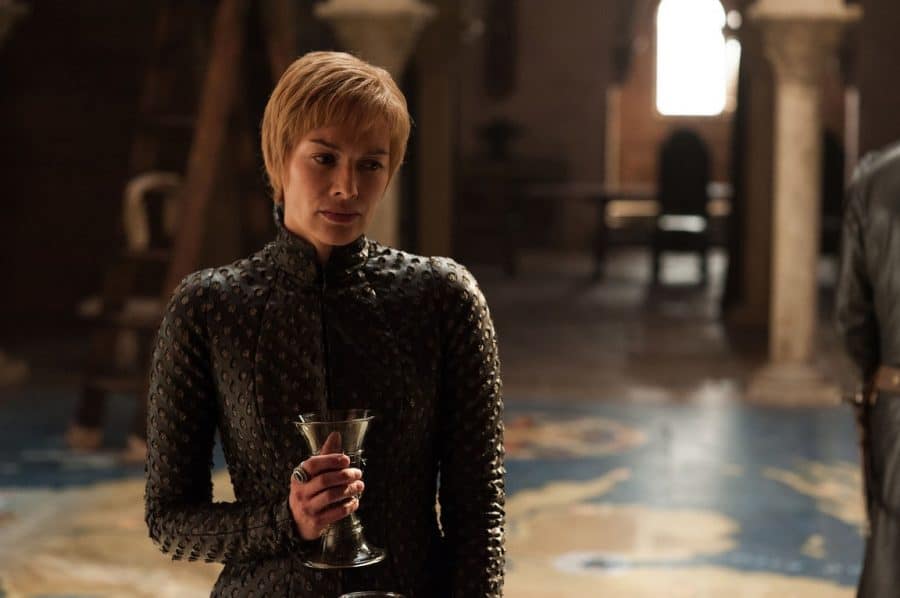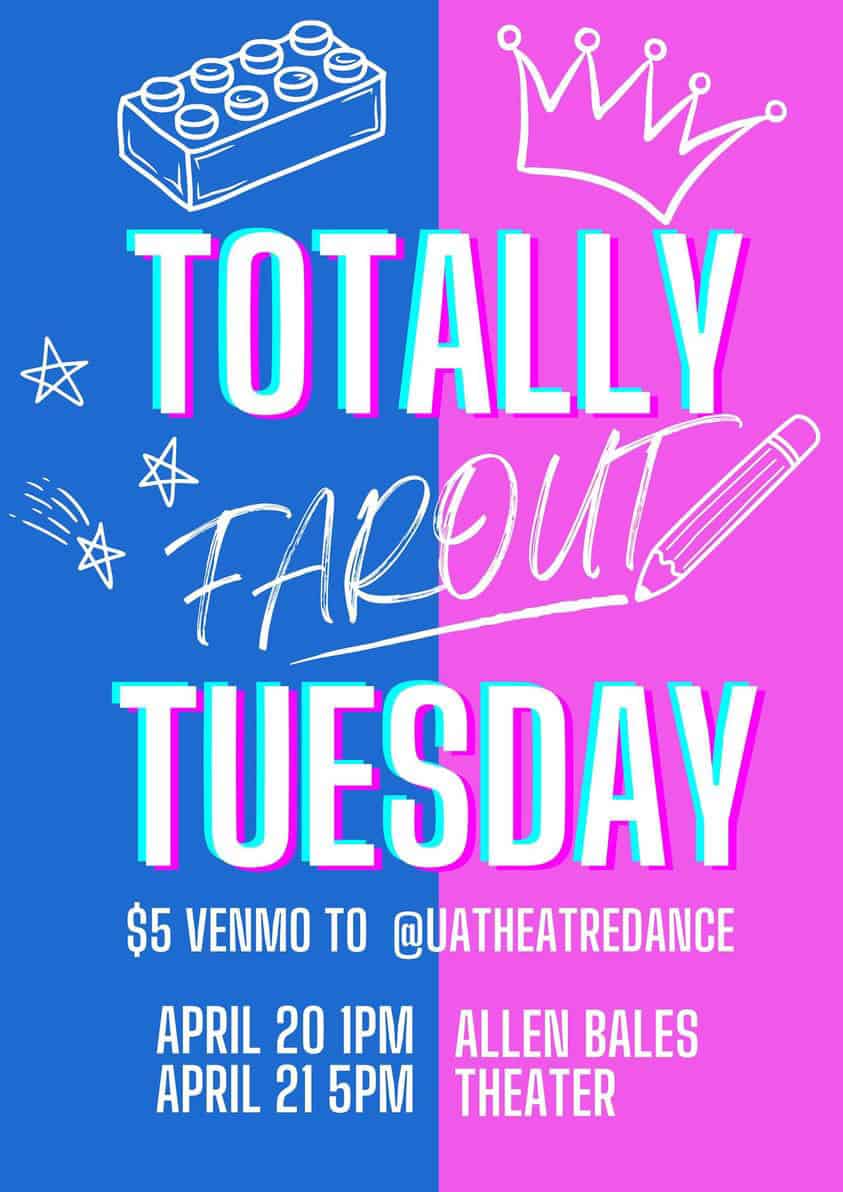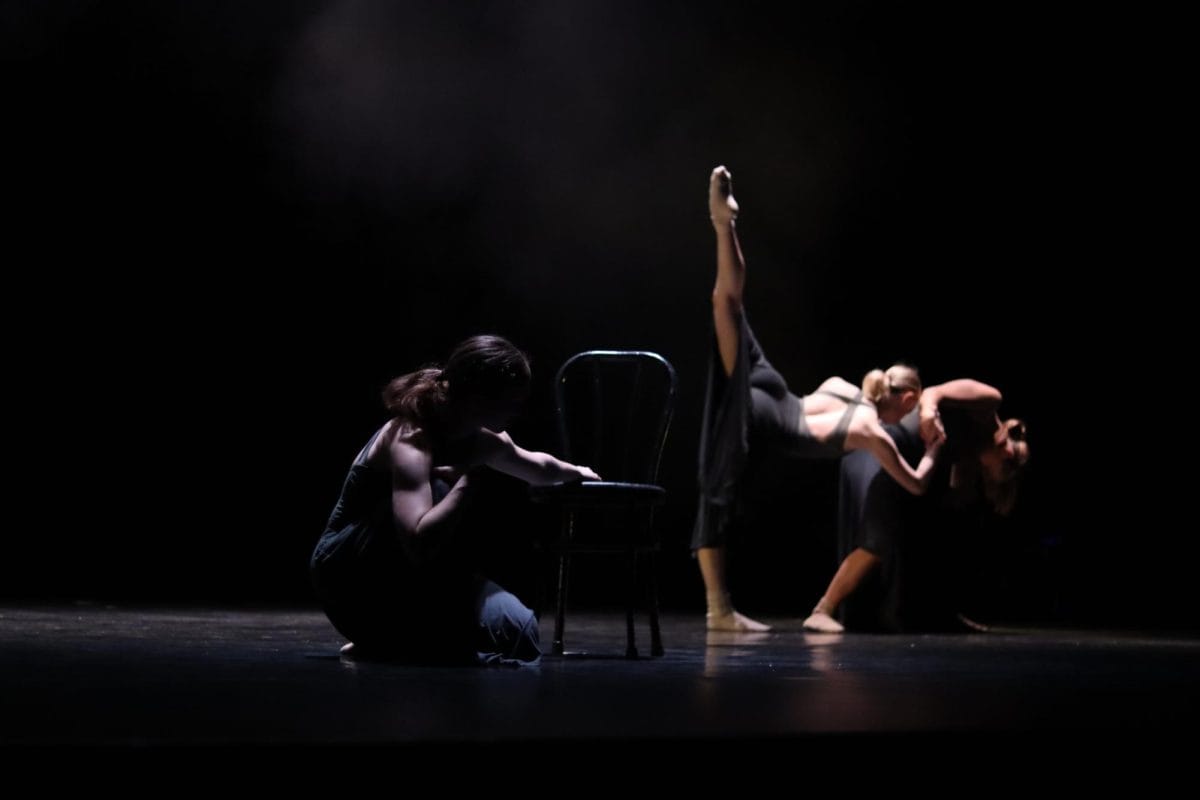Since it’s premiere in 2011, HBO’s fantasy epic, “Game of Thrones,” has experienced a meteoric rise in popularity to heights that no other fantasy TV show has even come close to. This could be attributed to the show’s pulse-pounding action, dazzling special effects or imminently memorable characters, but it should, most of all, be attributed to the immense ability of the show’s writers.
“Game of Thrones” is based on George R.R. Martin’s “A Song of Ice and Fire” book series which started in 1996 with the first book “A Game of Thrones.” The book series isn’t completed yet, and despite the storyline of the show already surpassing that of the books, Martin still works closely with the writers of the show, even having written multiple episodes of the show himself. The story of “Game of Thrones” follows the stories of several different characters all across the expansive fantasy world of Westeros, most of them trying to conquer it. A concern that many had when it was announced that Martin’s book series would be adapted to television was how a television show would balance the scale of Martin’s world. Despite concerns, the writers of “Game of Thrones” took that potential problem and turned it into their biggest strength.
The writers for “Game of Thrones” don’t just deal with the world’s scale, they embrace it. The way they use it to their advantage is by weaving storylines together. With the massive amount of characters and plot lines to follow, each episode only spends a short amount of time with each character or storyline with only a few episodes that focus on one or two storylines being the exceptions. As the seasons ebb and flow- switching between storylines across Westeros, climactic moments occur when the flow is disturbed and characters from different plotlines cross paths causing them to weave together into a stronger thread.
Perhaps the most popular example of this happening was in season six’s climactic “Battle of the Bastards” episode. The major players in the battle are Jon Snow, Sansa Stark and Ramsay Bolton. These are all characters who had been followed and developed as characters in various other plotlines on their own throughout the previous seasons. Their joining brought amazingly well-realized characters together for a climactic battle scene, and each of their previous experiences in Westeros brings a whole host of other characters not at the battle into play as they are now, in some way, affected by its results. Of course the stellar direction, dazzling special effects and unprecedented production value make the battle great too, but without the masterful plot weaving of the writers, the battle would’ve been weightless eye candy instead of a joining of forces with palpable scale and consequence.
Another book-to-screen fantasy adaptation that weaved stories to balance scale is “Lord of the Rings,” a series that the people behind “Game of Thrones” undoubtedly took a lot of influence from. Similar to “Game of Thrones,” people were skeptics about “Lord of the Rings” being adapted to screen due to the scale of its world. Throughout each Lord of the Rings film, the audience alternates between major plotlines with different major characters until the climactic finale where they are all in Mordor working together to save Middle-Earth. The fact that the massive story of “Lord of the Rings” wasn’t bungled is an undeniable cinematic achievement and “Game of Thrones” earns that same sentiment as it did the same type of scale balancing, but with several more characters, several more storylines and several more hours of screentime.
The fantasy world of Westeros is magical because it makes sense, and making something as big as Westeros and “Game of Thrones” make sense is a masterful feat of screenwriting. The writers weave plotlines to create a wonderful tapestry for the magic to dance on. The audience lords over Westeros, peeking in on each different plotline here and there and understanding the grand significance of each move in a way that the characters never could. It is dramatic irony on an epic scale and it is what makes “Game of Thrones” as successful as it is.







